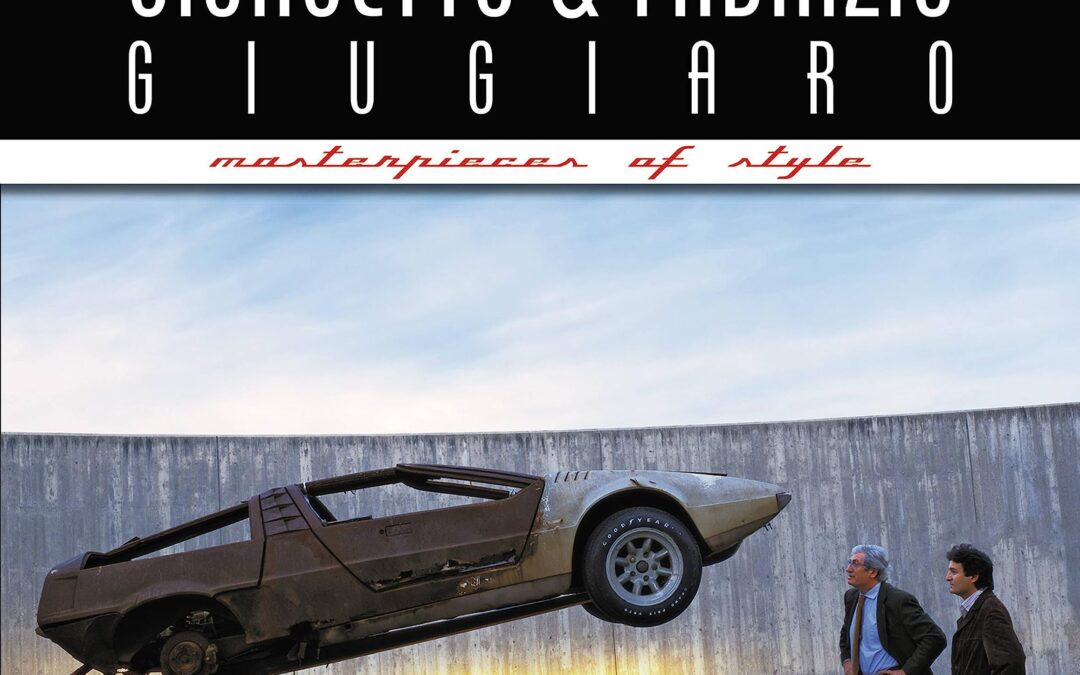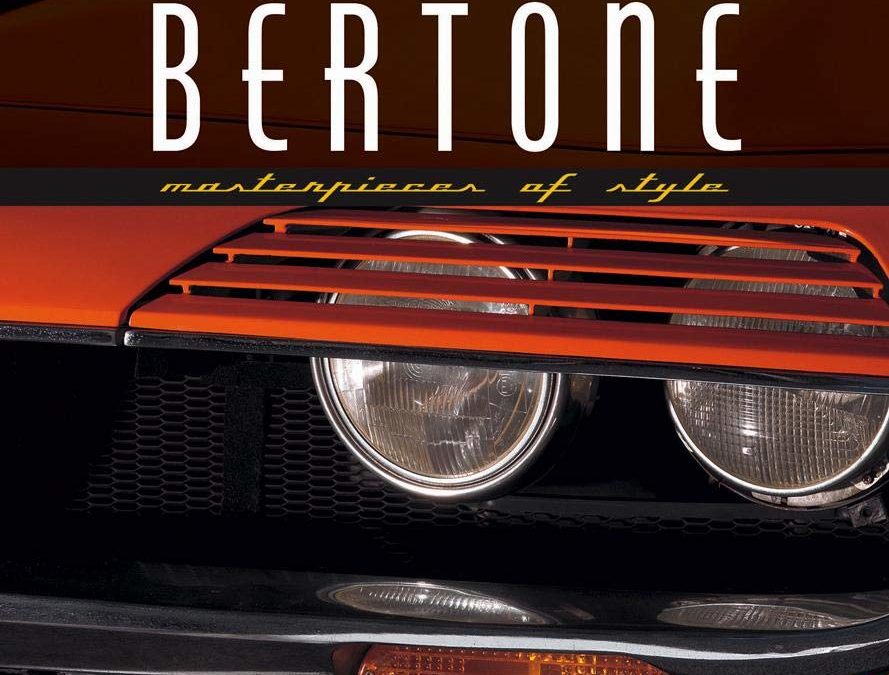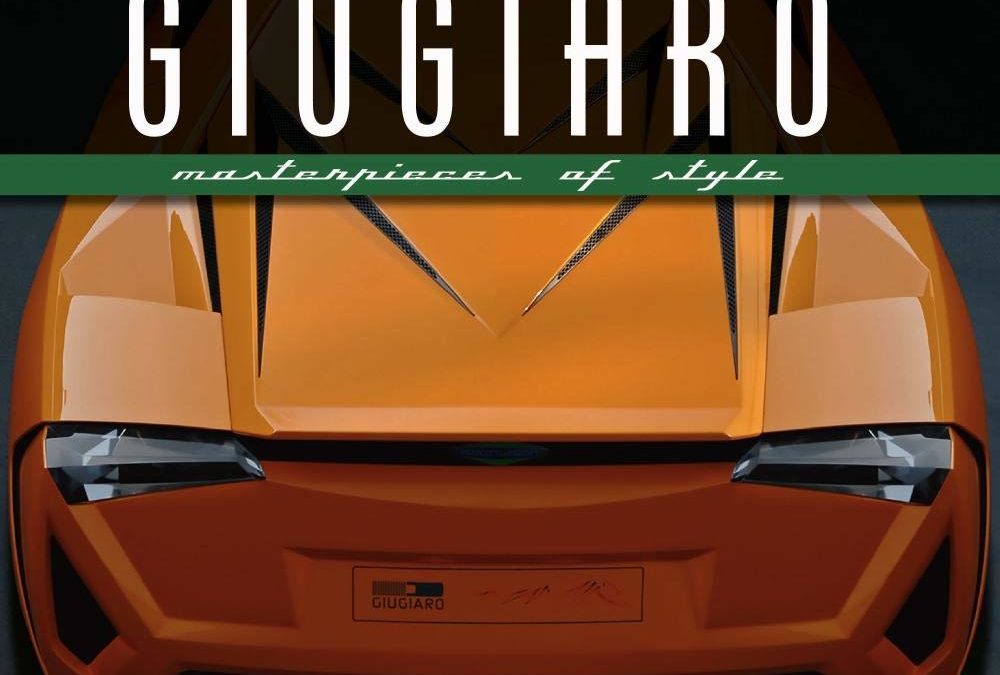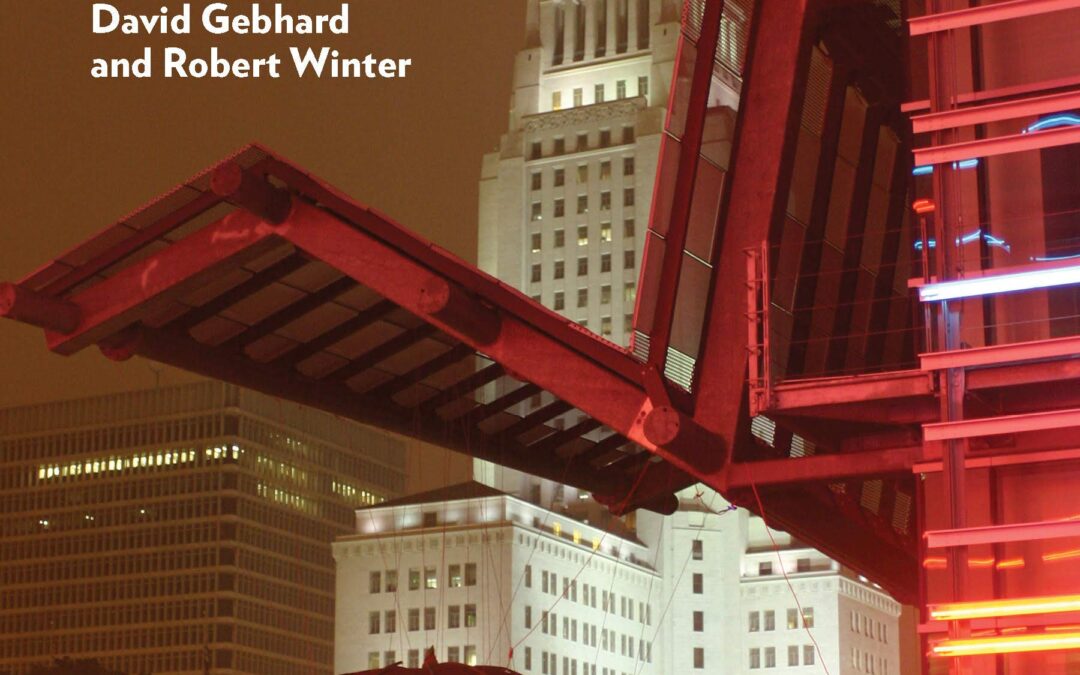
The technical and stylistic history of Giugiaro, one of the most prestigious names of automotive design, in a new updated edition including the most recent creations born under the new GFG Style brand.
Giugiaro is one of the most prestigious names in the history of automotive design, synonymous with iconic cars such as the Alfa Romeo Giulia Sprint GT and Alfetta, the Volkswagen Golf, the Audi 80, the Fiat Panda, Uno and Punto, the Lancia Delta, Thema and Prisma and the Maserati Bora, Ghibli and Merak, to mention but a few of the most successful designs to carry the Giugiaro name. Born in 1938 at Garessio in the province of Turin, Giugiaro honed his professional skills at Bertone and then at Ghia before setting up on his own when founding Giugiaro Italdesign in 1968.
Fruit of the inspiration of the famous Turin designer are some of the most iconic concept cars such as the Caimano, the Iguana and the Canguro, all based on Alfa Romeo mechanicals, and the Asso di Picche and the Quadri on respectively Audi and BMW chassis.
This monograph is a new updated edition of the 2019 volume Giugiaro Masterpieces of Style and includes the most recent creations, those born under the new GFG Style brand (Giorgetto & Fabrizio Giugiaro). Among these are the concepts Sibylla (2018), Kangaroo (2019), the GFG 2030, Desert Raid and Dora, all from 2020, up to the Bizzarrini Giotto from 2023.

For almost a century, Carrozzeria Bertone has created some of the most sensational models in automotive history. The extraordinary concept cars such as the B.A.T.Mobiles, the Testudo, the Canguro, the Carabo and the futuristic Stratos – to mention but a few – were joined by iconic sports cars, such as the numerous Lamborghini Miuras, Marzals, Espadas and Countachs and the Alfa Romeo Montreal, as well as more “down-to-earth” cars that went into mass production. This last category features the Alfa Romeo Giulietta Sprint, the Fiat X1/9 and the Nuova Mini Innocenti along with the many Citroëns designed between the late 1980s and early 2000s. These are just a few of the models featured in the extensive and varied Bertone catalogue to which great designers of the calibre of Giorgetto Giugiaro and Marcello Gandini have contributed.
In-depth historical contextualization by Luciano Greggio, a great connoisseur of the Bertone marque, and a magnificent collection of photographs make up this latest volume in the series Masterpieces of Style.

A volume devoted to Giugiaro and Italdesign could hardly not be included in the Masterpieces of style series.
Giugiaro is one of the most prestigious names in the history of automotive design, synonymous with iconic cars such as the Alfa Romeo Giulia Sprint GT and Alfetta, the Volkswagen Golf, the Audi 80, the Fiat Panda, Uno and Punto, the Lancia Delta, Thema and Prisma and the Maserati Bora, Ghibli and Merak, to mention but a few of the most successful designs to carry the Giugiaro name. Born in 1938 at Garessio in the province of Turin, Giugiaro honed his professional skills at Bertone and then at Ghia before setting up on his own when founding Giugiaro Italdesign in 1968. Today the firm is as active as ever and has been responsible for concept cars such as the Caimano, the Iguana and the Canguro, all based on Alfa Romeo mechanicals, and the Asso di Picche and the Quadri on respectively Audi and BMW chassis. This monograph covers this long technical and stylistic history, drawing on a clear, comprehensive text and hundreds of photographs, many of which previously unpublished. The series, includes books on Zagato (2017) Touring (2017), Pininfarina (2018) and, to be published soon, Bertone, Vignale and Ghia.

The map may not be the territory, and the word may not be the thing, but this guide is as close as it gets.
Since its first publication by the Los Angeles County Museum of Art in 1965, this seminal vade mecum of Los Angeles architecture has explored every rich potency of the often relentless, but sometimes―as the authors have captured here―relenting L.A. cityscape. Revised extensively and updated rigorously since its fifth edition published in 2003, The Architectural Guidebook to Los Angeles now contains ninety-six sections organized in thirteen geographic chapters, boasting over 200 new additions to over thousands of entries cataloging every crease of Los Angeles County’s metropolitan sheath.
Originally written by leading architectural historians Robert Winter―described by Los Angeles Magazine as both the “spiritual godfather” and “father” of L.A. architecture―and the late, great David Gebhard, the guide has been revised and edited for a sixth edition by award-winning L.A. urban walker and Winter’s trusted collaborator Robert Inman. Nathan Masters, historian and Emmy-award-winning host, producer, and managing editor of KCET’s Lost LA, writes the foreword.
The Architectural Guidebook to Los Angeles, hailed by many as the built L.A. opus, explores the man made structures, gardens, parks, and other physical features of a fulgurous Los Angeles. With singular wit and brio, the authors artfully steward readers through all regions and styles, from the Spanish Mexican Period to Postmodern, American Take-over to High Tech, and Beaux-Arts to Craftsman. Sites covered begin with the missions of Spanish California and end with projects completed in 2017.
Dilettantes and experts, practitioners and students, aficionados and osmotic natives alike: all are blood type-compatible with this rich and peerless Bible for architecture enthusiasts. All of its own ilk, this book is thick and alive with a tone of its own making―and doing. A unique style of writing renders the guide simultaneously funny, tasteful, and historically-comprehensive, all with equal measure. Gebhard and Winter fill in the diegetic blanks with a droll eye. More than a critical reference for the bookshelves of scholars, enthusiasts, and practitioners alike, Architecture in Los Angeles is a faithful snapshot of the city as she lives and breathes.






